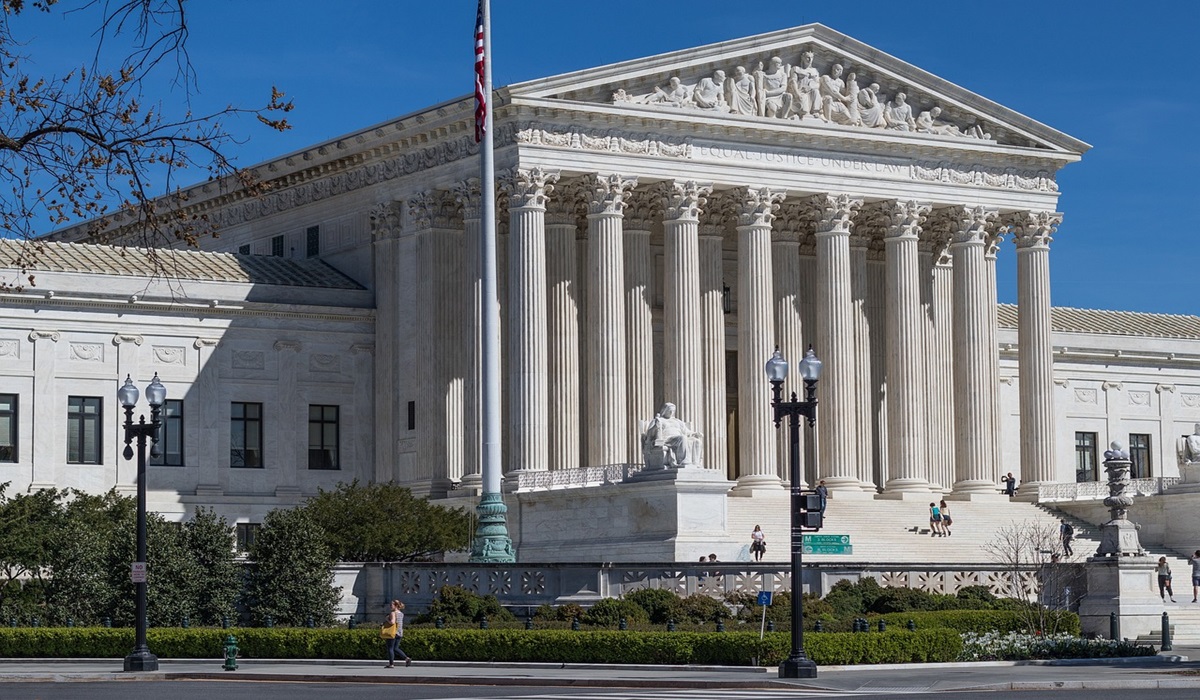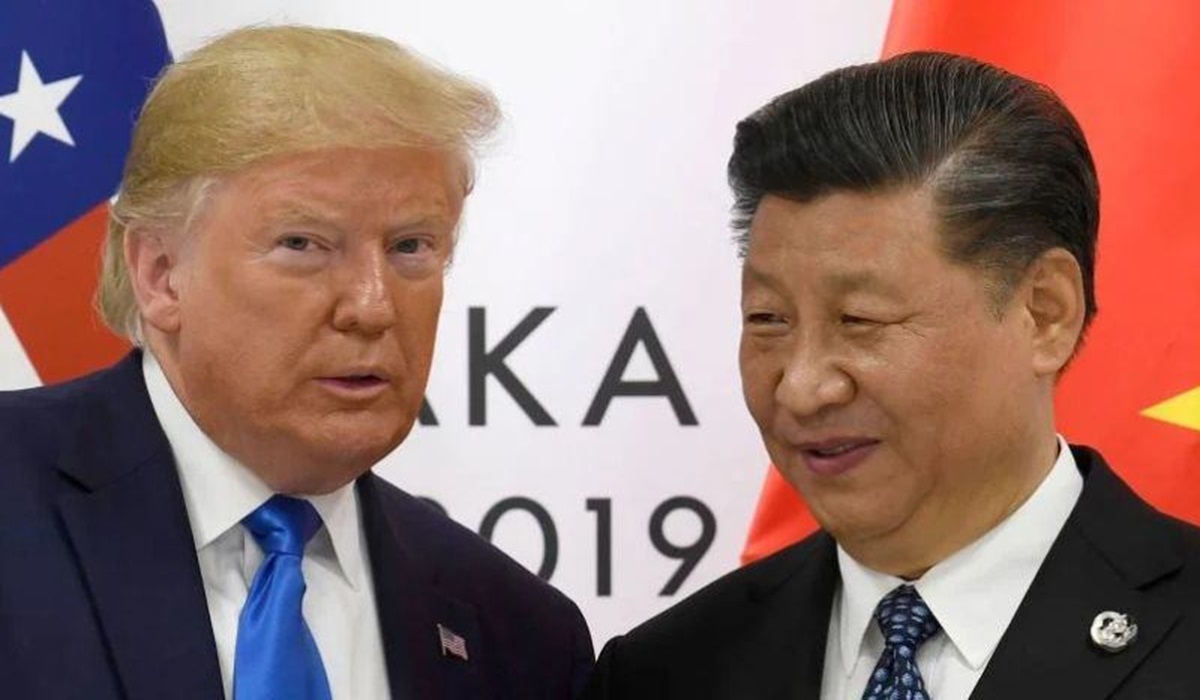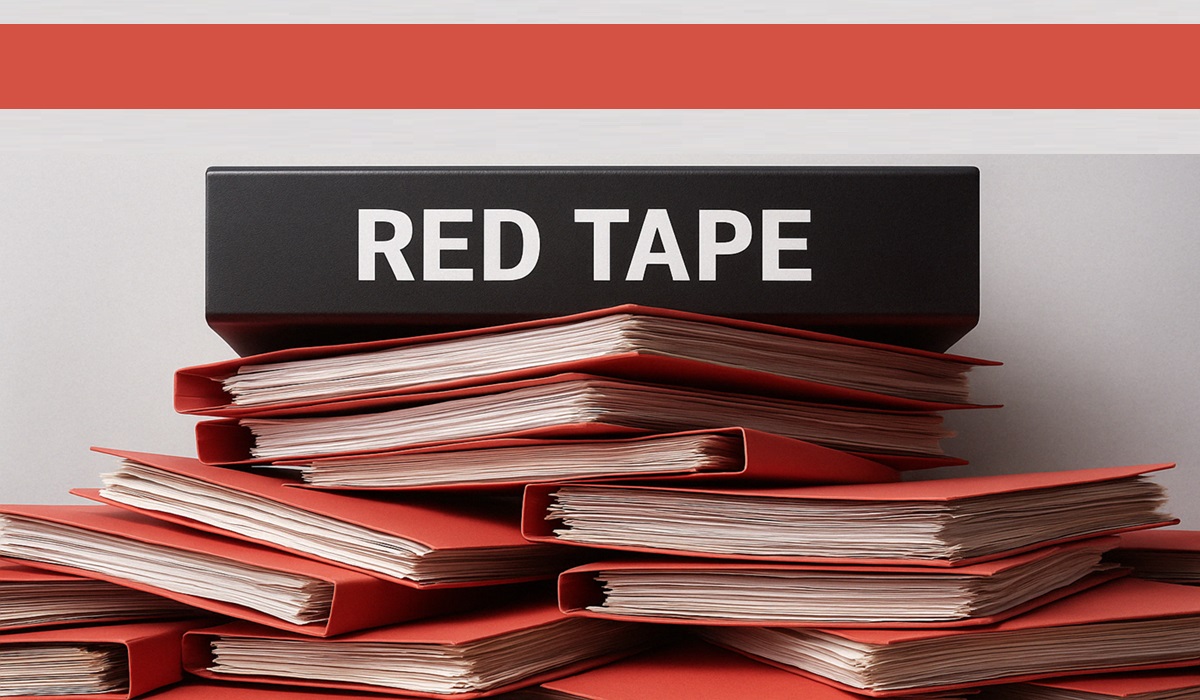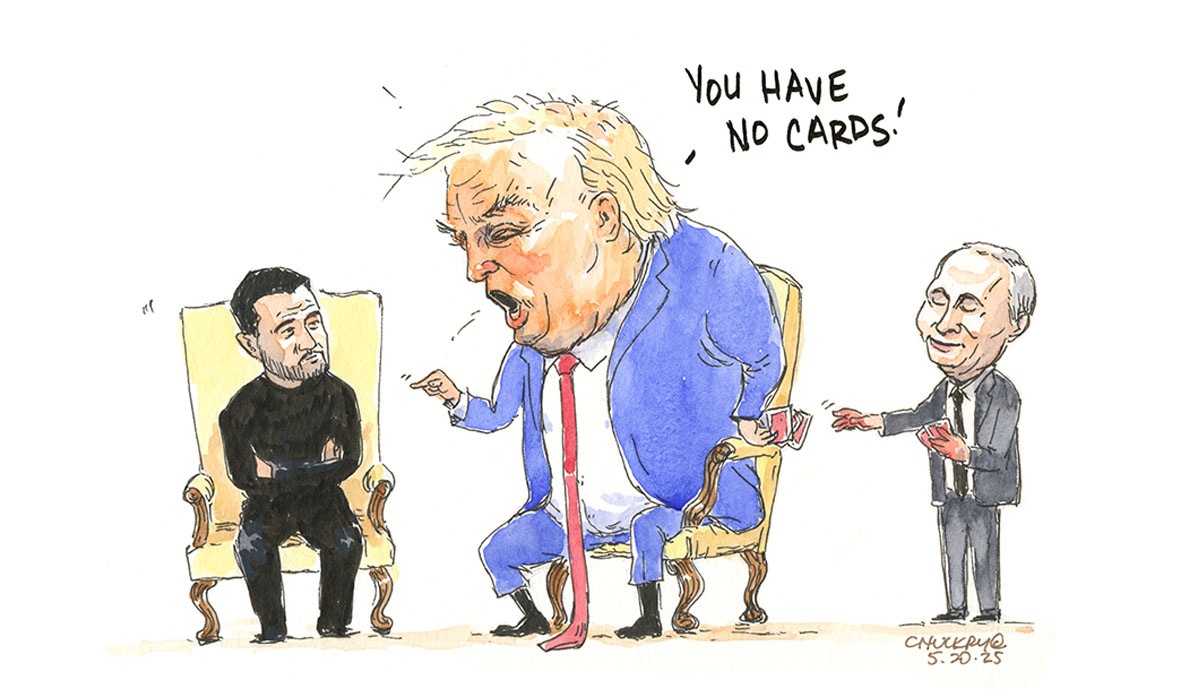Honda Not Planning to Exit Canada Despite Trump Tariffs, Says Ontario Premier Doug Ford
- Kingston Bailey
- D.O.C Supplements - Trending News
- Business
- April 15, 2025

Image Credit, Stocksnap
In a political climate defined by economic tension and retaliatory tariffs from the United States, Ontario Premier Doug Ford moved quickly to calm fears on Monday, declaring that Honda has no plans to shift production out of Canada. The reassurance came amid heightened concerns that U.S. tariffs under Donald Trump’s trade policies could trigger an exodus of major international manufacturers from the Canadian market. Now, Honda itself has weighed in to reaffirm its commitment to staying put.
“This was not an announcement by Honda, and we cannot comment on the specifics of this morning’s headlines,” the company stated in a release. “However, we can confirm that our Canadian manufacturing facility in Alliston, Ontario, will operate at full capacity for the foreseeable future and no changes are being considered at this time.”
The language, while diplomatically careful, is unambiguous in one respect: Honda is not leaving Canada. Not now. Not soon. The Alliston facility, which has been running since 1986, is a pillar of Canada’s automotive economy. The plant employs over 4,200 workers directly and has built more than nine million vehicles to date. It produces the Honda Civic—the top-selling passenger car in Canada in 2024—and the CR-V, which is also now Canada’s best-selling hybrid vehicle. According to Honda, approximately 69% of all Honda vehicles sold in Canada are built domestically, while a staggering 99% are sourced from facilities within North America.
Premier Ford echoed this confidence, stating that Honda is “staying put” and that Ontario “means business.” His office made it clear that Honda has given reassurances in private conversations that no relocation plans are being considered, even as automakers globally explore contingency strategies in response to volatile trade policy from the United States.
What makes Honda’s commitment particularly important is the context. Trump’s tariffs on foreign-made autos, steel, and aluminum have roiled markets and disrupted long-standing supply chains across North America. For Canada—a nation deeply integrated into U.S. trade networks—this disruption has sparked real fears of plant closures, layoffs, and capital flight. So when a company like Honda publicly commits to maintaining operations at full throttle, the signal is stronger than the words themselves: Canada still matters.
And it’s not blind loyalty. It’s business logic. Domestic sales of Honda vehicles in Canada are up 9% in the first quarter of 2024. That means demand is healthy and growing, especially for models made right here. Honda’s flexible, regionally integrated North American production system allows it to shift models, rebalance inventories, and adapt quickly to evolving trade conditions. This approach cushions the company from external shocks like tariffs and lets them pivot to new markets or customer bases as needed—without packing up and leaving Canada behind.
Still, Honda was candid in acknowledging that it routinely evaluates contingency planning. “We constantly study options for future contingency planning and utilize short-term production shift strategies when required, to mitigate negative impacts on our business,” the statement noted. That’s not a threat—it’s realism. Every global manufacturer does this. But the key difference is Honda’s track record. For nearly four decades, they’ve weathered downturns, recessions, currency shocks, and policy changes without abandoning their Canadian footprint.
If Honda were to leave, the consequences would be devastating. Ontario would lose one of its largest private sector employers. Supplier chains would collapse, ripple effects would hit thousands of indirect jobs, and the country’s automotive industry—already fighting to stay competitive in the EV era—would suffer a significant blow to its reputation and capacity.
But that’s not today’s story. Honda is staying. Canada remains the second-largest producer of Honda vehicles in North America by volume, and with a proven workforce and rising sales, there’s no rational reason for a retreat. In fact, the more unpredictable the U.S. becomes, the more sense it makes to double down on Canadian stability.
The message from Honda and from Premier Ford is clear: don’t buy into the panic. Honda is not bailing. Not today. Not tomorrow. And unless the ground truly shifts beneath their wheels, the Alliston engines will keep humming—full speed ahead.








